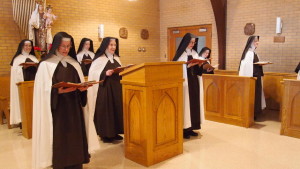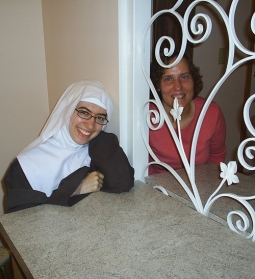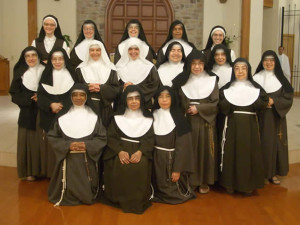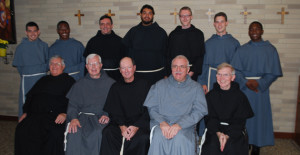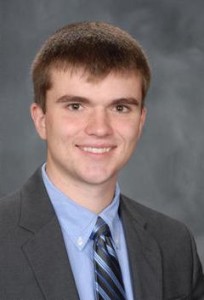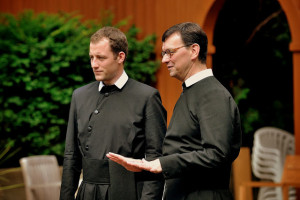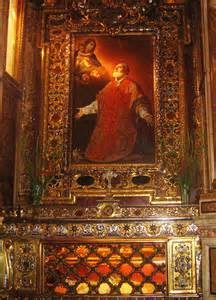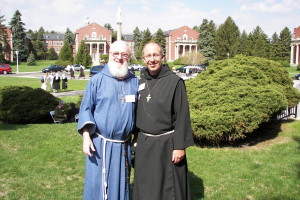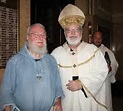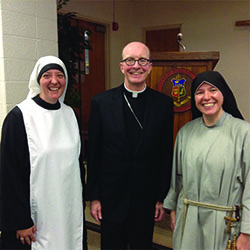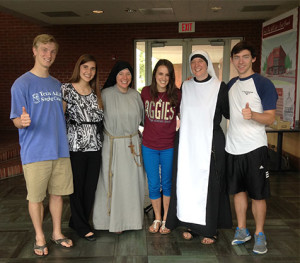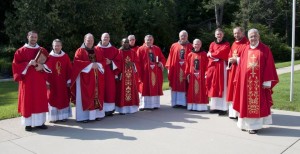
On August 14th, the Feast Day of St. Maximilian Kolbe, Fr. James McCurry, OFM Conv., received the annual Kolbe Award at Marytown in Libertyville, IL. The annual award is given to those who mirror St. Maximilian’s charisms of heroic charity and self-sacrifice. Father McCurry is the past president Militia Immaculata, Kolbean scholar and Mariologist.
The first four awards were given to Fr. Patrick Peyton, CSC, the family rosary priest; Fr. John Hardon, SJ, founder of the IRL; Mother Teresa, who needs no introduction; and Bishop Austin Vaughn who was imprisoned many times for his pro-life activities. Illustrious company!
Fr. McCurry did not set out to be the long-time promoter of the Militia Immaculata (MI), the organization founded by St. Maximilian in 1917 to encourage total consecration to the Blessed Virgin Mary as a means of spiritual renewal for individuals and society. This is how it happened at least in part…..
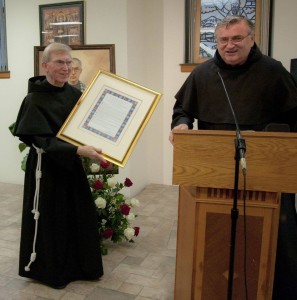
Father McCurry, during his funny yet profound remarks upon receiving the award, told of his encounter with Pope John Paul II at the canonization of St. Maximilian in 1982. He asked the Holy Father if he would pray that we might all be as consecrated to Mary as St. Maximilian was. The Pope did not hear him at first and said, “huh?” Speaking more loudly, the question then prompted a smile on the Holy Father’s face. He pointed to Father McCurry and said, “You do that!”
Taking this as a papal command, Father McCurry did do it as the long-time president of the Militia Immaculata. The MI’s mission is “To Lead Every Individual With Mary to the Most Sacred Heart of Jesus.” Following in the footsteps of Father McCurry would be a good place to start. If you would like information about consecrating yourself to Mary in the Militia Immaculata, please visit Marytown’s website.
